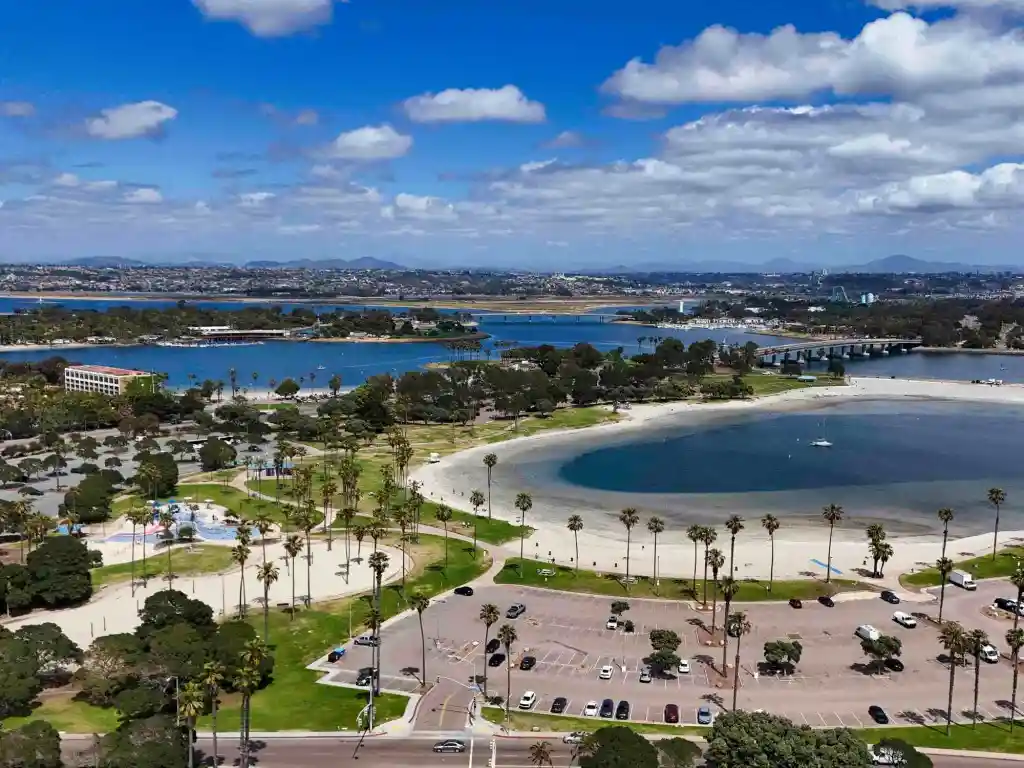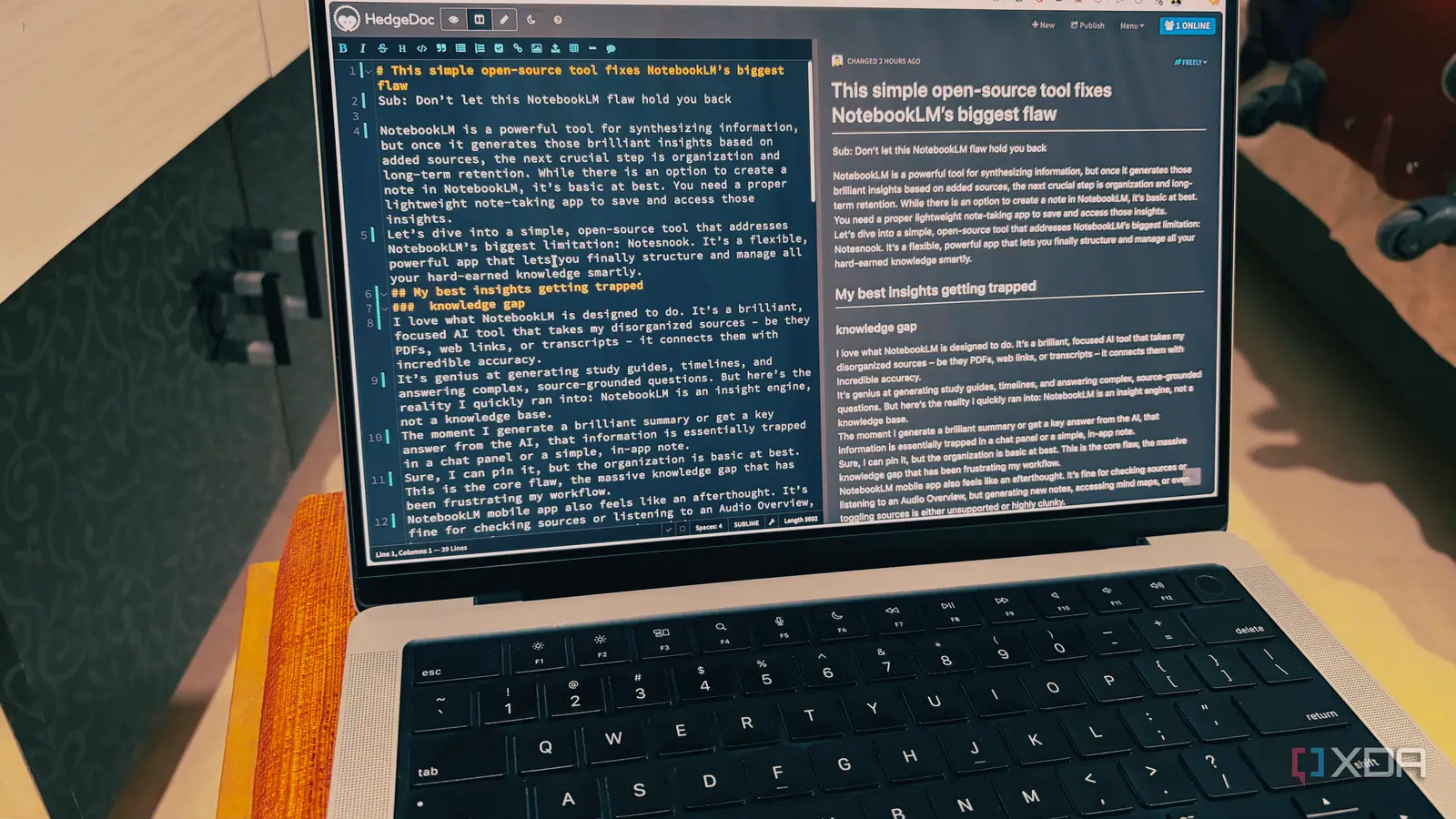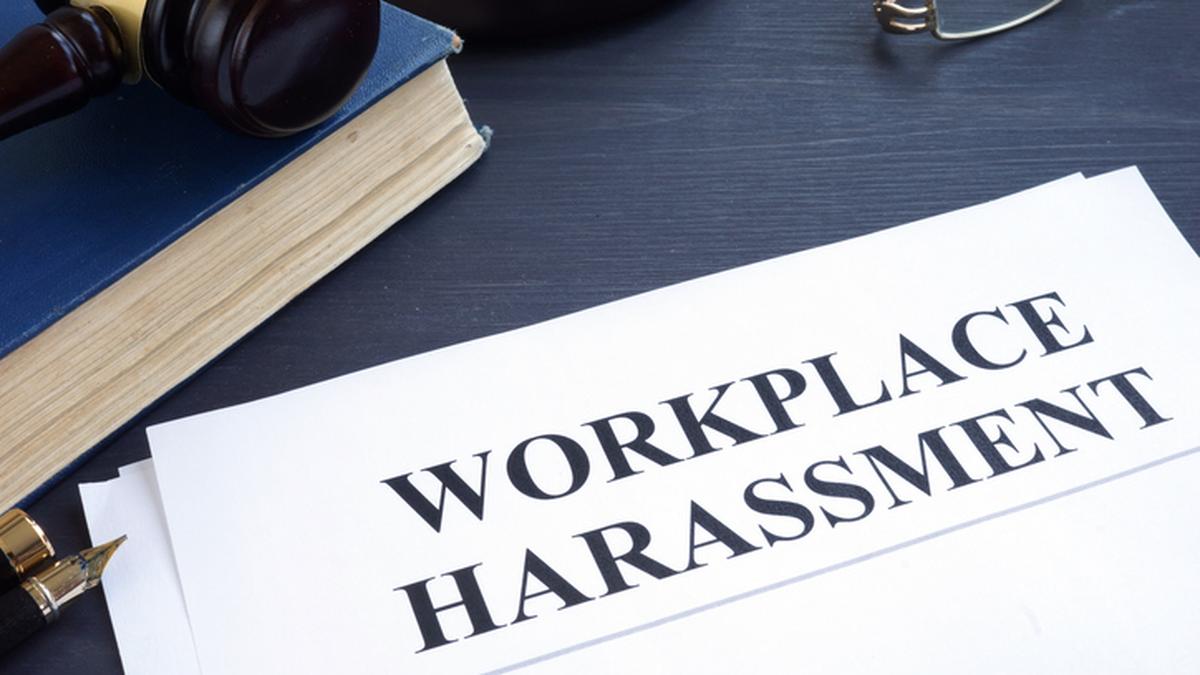Copyright San Diego Union-Tribune

A hefty smorgasbord of tax and fee increase proposals are floating around San Diego again. Voters may be asked to approve some of them, while elected officials will decide the fate of others. Before that happens, the officeholders and various interest groups may have to whittle down the list. The full menu seems too much for public consumption. That’s not unusual. Some of the ideas may be little more than trial balloons at this stage. But the increasingly dire financial straits that the city and county of San Diego are in have people tossing out lots of revenue-raising possibilities. In the city, this comes after a raft of fees have been increased recently with plenty of public outcry, suggesting the political climate for more could be difficult. San Diego City Council members are discussing charging fees for renting cars, staying at short-term vacation rentals, keeping storefronts vacant and out-of-towners parking at beach lots and visiting Mission Bay Park. The city has already agreed to charge more for using recreation centers and holding events at city facilities, parking citywide, and, for the first time, fees for parking at Balboa Park and trash collection for single-family homes. The council recently approved, barely, another round of steep water fee increases, and this week passed higher fees for valet parking spaces. Council members also are contemplating charging more for on-street outdoor dining. Meanwhile, coalitions involving labor organizations are considering a 1-cent increase in the city sales tax and a half-cent increase in the countywide sales tax, according to the Voice of San Diego. There’s a reason this may sound familiar. Last year, a 1-cent city sales tax and a half-cent countywide transportation tax went before voters and were defeated by the slimmest of margins. Some of the other aforementioned city fees, which did not require voter approval, were in the works. In an interview, Mayor Todd Gloria described the council fee proposals as “a long list of desires” and “a method of trying to justify increased service levels, which, more or less, all of them advocated for.” “They’re trying to be, I guess, in the best scenario, responsible,” he added. “The skepticism you hear in my voice is we did a lot of revenue raising this year and I think there is a limit to the council’s willingness to do more revenue.” Council members this week expressed concern about charging for beach and bay parking, even though some of them proposed and supported the fees, after what they said was the Gloria administration’s chaotic effort to create Balboa Park parking fees, according to David Garrick of The San Diego Union-Tribune. Gloria, who has also pushed some fee increases backed by the council, emphasized that there is likely a limit on what the general public will accept as well. The mayor included in that assessment ballot tax measures by outside parties. He suggested he wasn’t very familiar with the 1-cent city tax increase proposal, which is being pushed by Laborers Local Union 89, Carpenters Union Local 619, and Rebuild SoCal. Gloria noted that the city had to keep its distance from the drafting of the proposal and, if it moves ahead, of a campaign for it. Official City Hall involvement likely would require two-thirds voter approval, rather than a simple majority under the citizens initiative process. The proposed measure would generate an estimated $400 million for infrastructure repairs, wildfire prevention, pipe repairs for clean water and more. While not endorsing the idea, the mayor stressed the need for “generational investment” in the city’s infrastructure, which needs billions of dollars in upgrades, repairs and expansion. He has said the city is forced to try to make up for decades of underfunding needed public works projects. “If the external parties want to work on this, I’m grateful they know this is a problem.” he said of the emerging tax proposal. Beyond the need, Gloria said he believed there is inherently more voter support for spending on infrastructure than other necessities. “People like to see, touch and feel what we’re talking about,” he said, adding, “I like to think that’s why we came so close on the previous measure, and could be successful perhaps in the future.” Housing advocates, however, suggest there’s increasing voter support for funding programs to help homeless people and make housing more affordable. The city’s unsuccessful Measure E last year also would have raised $400 million annually. The money would have gone into San Diego’s general fund, but much of it was targeted for infrastructure improvements. The countywide transportation tax, Measure G, would have raised $350 million each year. The current proposed countywide sales tax increase, estimated to generate $360 million annually, would be targeted for public safety, health care, expanded child care and the Tijuana River sewage crisis. Before and after the 2024 election, there was considerable debate about whether the two tax measures, E and G, were too much for one ballot. Gloria seemed of two minds about that. “When I look at ’24, I don’t think it helps to have competing measures,” he said. “But I also feel like in a level information environment, I trust voters to be able to differentiate… and decide what they want to prioritize.” But he said tax measures with different purposes, vote thresholds and overlapping jurisdictions can challenge voters. “I acknowledge that can get overwhelming,” he said. The city has faced its own challenges, and polls in recent years show the public believes City Hall is not heading in the right direction. Recent polls cited by the Voice of San Diego suggest that voters think both the city and county are on the wrong track. Still, the city sales tax Measure E last year lost by just over a half percentage point. The countywide transportation proposal, Measure G, lost by under 1 percentage point. Gloria said tens of thousands of people in the county who voted for President Joe Biden in 2020 “did not show up in 2024.” Should a city infrastructure measure go on the 2026 ballot, he said a midterm Democratic voter surge could help put it over the top. “You can see where enthusiasm, turnout could make a difference,” he said.



